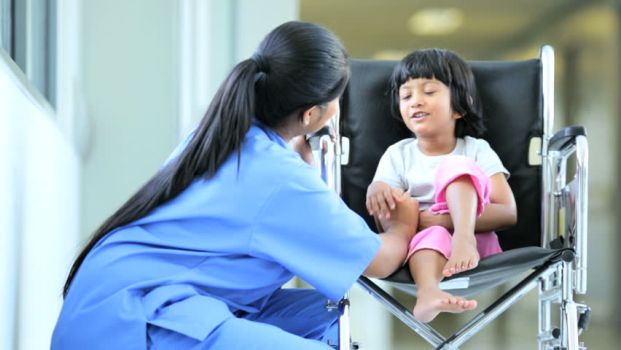
Cerebral palsy (CP) is a group of permanent movement disorders that appear in early childhood. In general, cerebral palsy causes impaired movement associated with abnormal reflexes, floppiness or rigidity of the limbs and trunk, abnormal posture, involuntary movements, unsteady walking, or some combination of these.Because of damage to certain parts of the brain, voluntary or involuntary movements or both can be affected.Cerebral palsy is not contagious, it does not necessarily affect intelligence or cognitive ability, and it is not progressive, so it does not get worse with age. Some people find that symptoms improve over time.
*Symptoms:
- Variations in muscle tone, such as being either too stiff or too floppy
- Stiff muscles and exaggerated reflexes (spasticity)
- Stiff muscles with normal reflexes (rigidity)
- Lack of muscle coordination (ataxia)
- Tremors or involuntary movements
- Slow, writhing movements (athetosis)
- Delays in reaching motor skills milestones, such as pushing up on arms, sitting up alone or crawling
- Favoring one side of the body, such as reaching with only one hand or dragging a leg while crawling
- Difficulty walking, such as walking on toes, a crouched gait, a scissors-like gait with knees crossing, a wide gait or an asymmetrical gait
- Excessive drooling or problems with swallowing
- Difficulty with sucking or eating
- Delays in speech development or difficulty speaking
- Difficulty with precise motions, such as picking up a crayon or spoon
- Seizures.